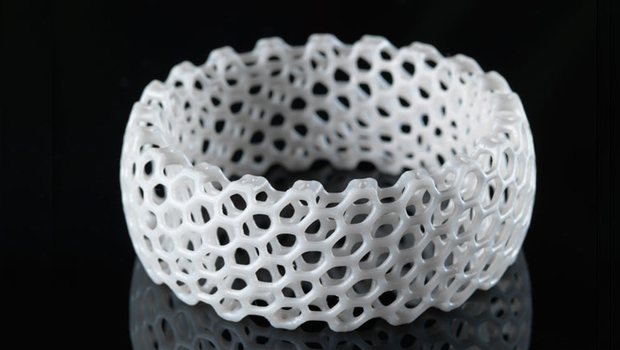3D printing is the process of creating an object by depositing the material layer by layer. This deposition of material can be done through various processes. Of these various technologies, 5 technologies became very popular. These are FDM, SLA, SLS, PJP, DLP. In this article we shall discuss more about FDM and SLA technologies and also the difference between these two technologies.
Fused Deposition Modeling (FDM)
FDM stands for fused deposition modeling. In FDM technology, the material is deposited in layers to create a 3D printed object. A plastic filament is fed through hot extrusion head. In the extrusion head, the filament gets melted. This melted filament will be deposited by drawing plastic lines on top of previous layers. FDM printing is one of the most widely used forms of 3D printing as of date. This can be primarily attributed to the fact that the FDM printer comes at a low price point. The bonding force of FDM type printers isn’t very strong. This leads to layer separation of resulting prints compromising on the resolution and surface smoothness. Also, if the diameter of extruded plastic line gets smaller, the printing speed will come down drastically.
Stereolithography (SLA)
SLA stands for stereolithography. In Stereolithography, UV light pattern is used to cure full layer of resin. The photo polymers are cured layer by layer to create the final object. SLA produces higher resolution objects and is more accurate than FDM as the resolution is primarily determined from the optical spot size which is very small. Also, much less force is applied in SLA than in FDM during layer formation and so the surface finish is much smoother and objects printed using SLA look much more professional than FDM printed objects.
FDM vs SLA
Materials:
FDM technology is the most popular one among all the 3D Printing technologies. In FDM technology we use 3D printed filaments. Most of the FDM printers are using PLA, PETG and ABS filaments but FDM printers also handle nylon, PVA, TPU and a variety of PLA blends (mixed with wood, ceramics, metals, carbon fiber, etc.). These filaments are available in different colors and flexible materials. FDM printers can use standard filament rolls that are available in two standardized sizes (diameter: 1.75 or 2.85mm)
In SLA 3D printers resins are used. These resins are of limited colors and at higher prices. The resins are difficult to interchange and depend on the manufacture’s specifications. Some of the resin based printers only offer black, white, grey and clear resins.
Quality of the print:
The main difference between these two technologies is quality. SLA printers can produce higher quality objects than FDM. In FDM we are using filaments and the print is mainly based on the nozzle diameter and the precision of the extruder movements (X/Y axis). The filament from the nozzle formed as layer by layer to build an object. In SLA printers we are using resins and it can be cured by laser and form an object. This results in much smoother surfaces for SLA print.

A model created through stereolithography (SLA)
A model created through Fused Deposition Modeling (FDM)
Removal Of Supports:
In FDM it is easy to remove the supports. The supports can be removed by using some tools. But in SLA it is difficult to remove the print from the print bed and there is a lot of resin on the print bed you need to remove it by using some palette knife. It takes more effort and time compared to FDM.
Post-Processing:
After printing on FDM you need to remove the supports by using some tools. Sandblasting also helps to smooth the surface. But the objects printed on SLA 3D printer are covered in sticky resin that has to be removed in a bath of isopropyl alcohol.
3D Printing Costs:
SLA 3D printed parts are at a higher price than FDM parts. Because FDM printers are using filaments and the standard filaments costs are in between $25 and more. These are used for low-cost parts and prototypes. As mentioned SLA printers use resin and the resin is also costly: 1 litre of standard resin will set you back $ 80 to $150. But it gives the smooth finishing.
Advantages:
FDM
- Prototypes for form, fit and function testing
- Prototypes directly constructed in production materials like ABS, Nylon
- Low-volume production of complex end-use parts
- Patterns for Sand casting & molds with lesser detailing
SLA
- Master copies for vacuum casting and other low volume prototyping techniques
- Patterns for investment casting
- Functional testing prototypes
- Low volume/ limited edition products especially for complex geometries
- Visual prototypes for photo shoots and market testing
- Dental/ jewelry/ art and other sectors which require high detailing and finish
Some people want two or three things to print. So you don’t have to buy a 3D printer to get something printed, you can use our 3D printing services.